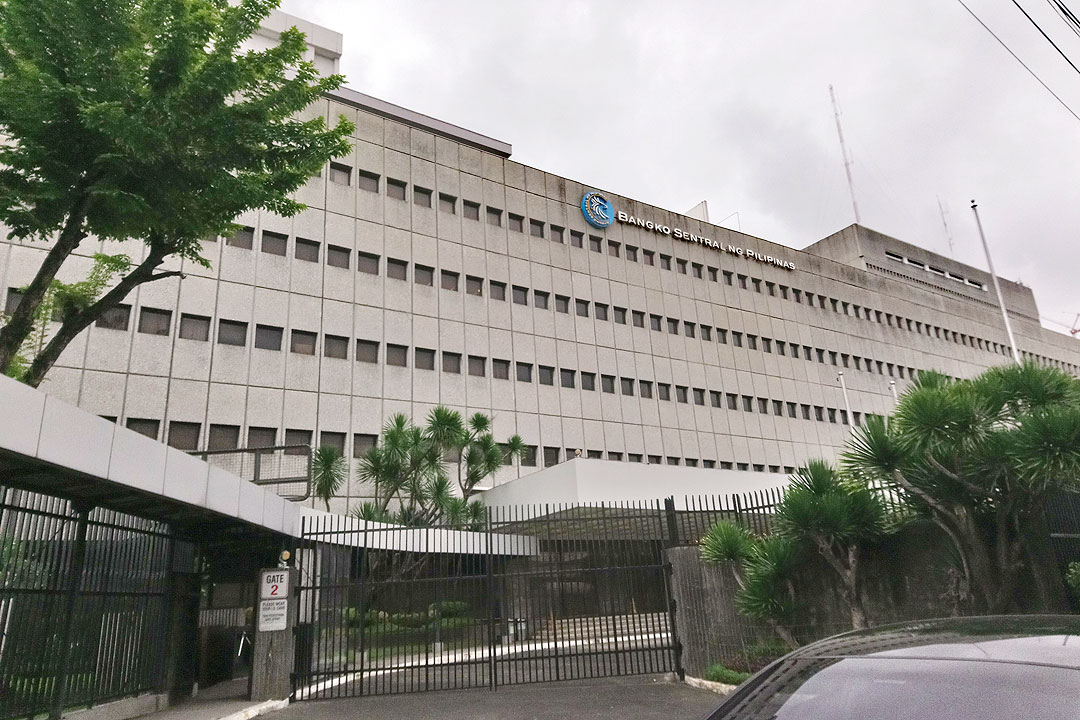Yields on term deposits move up to track higher US Treasury rates

YIELDS on the term deposits auctioned off by the Bangko Sentral ng Pilipinas (BSP) inched up on Wednesday, amid higher rates of US Treasury yields and hawkish signals from the US Federal Reserve.
Demand for papers under the BSP’s term deposit facility (TDF) totaled P337.806 billion on Wednesday, lower than the P350 billion on the auction block. This is also below the P400.915 billion in bids logged last week for the P300 billion up for grabs.
Broken down, the seven-day deposits attracted tenders amounting to P176.015 billion, lower than the P190-billion offering and the P225.499 billion in bids recorded the prior week for a P160-billion offer.
Rates for the one-week papers ranged from 6.55% to 6.6050%, marginally narrower than the 6.54% to 6.6% range logged in the previous week. This brought the average rate for the tenor to 6.5789%, inching up by 0.24 basis point (bp) from the 6.5765% seen on July 5.
For the 14-day deposits, tenders hit P161.791 billion, slightly above the P160-billion offering but failed to beat the P175.416 billion in bids last week for the P140 billion up for grabs.
Accepted yields were seen from 6.5% to 6.6288%, a wider band compared with the 6.55% to 6.6125% logged the previous week. This brought the average rate of the two-week deposits to 6.5886%, up by 0.32 bp from the 6.5854% logged a week ago.
The central bank has not auctioned off 28-day term deposits for more than two years to give way to its weekly offering of securities with the same tenor.
The term deposits and the 28-day bills are used by the BSP to mop up excess liquidity in the financial system and to better guide market rates.
The higher TDF yields were seen on Wednesday amid still-elevated rates of US Treasuries recently, Rizal Commercial Banking Corp. Chief Economist Michael L. Ricafort said in a Viber message.
Yields on two-year and 10-year US Treasury notes settled below 5% and 4%, respectively on Wednesday’s early afternoon trading, Reuters reported.
According to Mr. Ricafort, the 10-year benchmark is still among four-month highs while the two-year tenor is among the highest in 16 years. This came as market players priced in another rate increase from the US Federal Reserve in the coming months.
The US central bank has raised borrowing costs by 500 bps since March 2022 to tame inflation. The Fed opted to skip its tightening cycle last month but penciled in at least two more hikes by the end of 2023.
“We’re likely to need a couple more rate hikes over the course of this year to really bring inflation,” San Francisco Fed President Mary C. Daly earlier said.
Any rate increases from the US Federal Reserve could be matched by the BSP to maintain a comfortable interest rate differential, Mr. Ricafort said.
Back home, the Monetary Board paused its tightening campaign for a second straight meeting in June. The BSP hiked the key interest rate by 425 bps to 6.25% and has signaled to keep rates on hold before considering policy cuts.
A higher US debt ceiling also allowed more government borrowings in the United States, increasing the supply of government bonds. This led to higher US Treasury yields as the markets absorb the additional bond supply, Mr. Ricafort added.
The US government last month raised the then $31.4-trillion debt ceiling to avoid a possible default. — Keisha B. Ta-asan with Reuters



